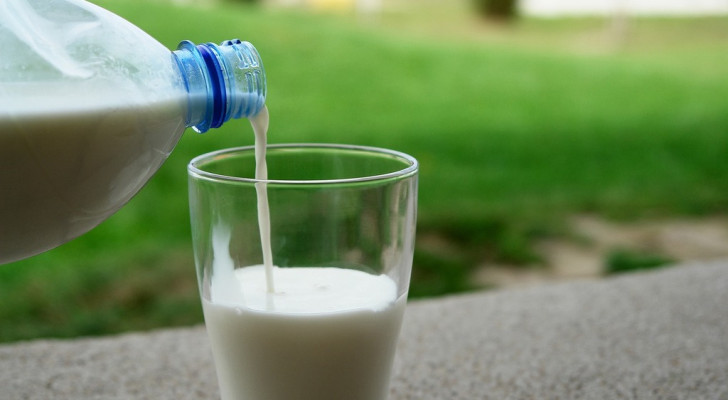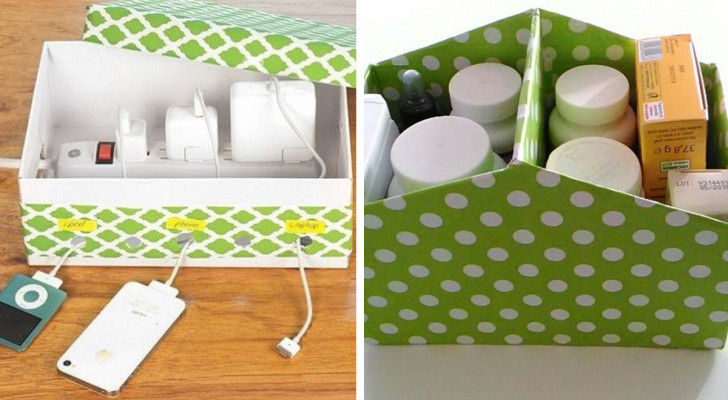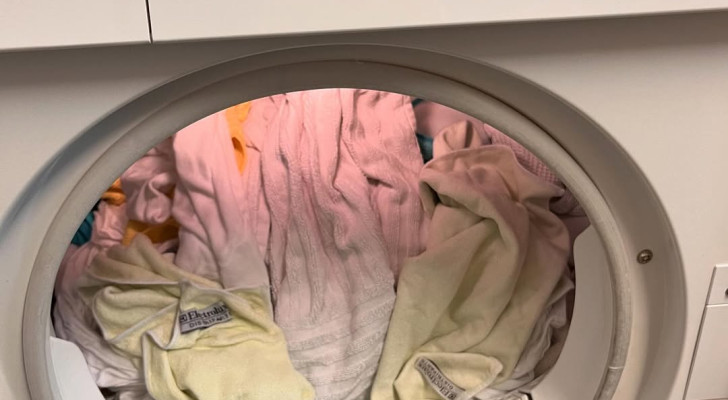Mulching with cut grass: what are the advantages and how to do this effectively
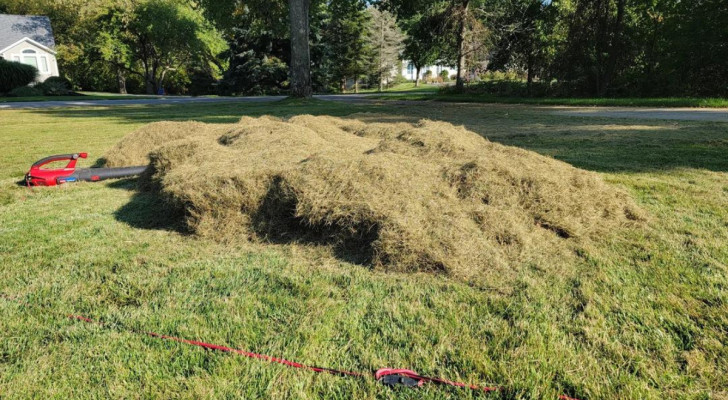
Mulching is a practice commonly used in agriculture and gardening to prevent the growth of weeds and protect roots from the cold temperatures of winters and excessive water loss during hot summers.
Among the resources used for mulching, cut grass can be a practical and economical solution. Below, we explain all the the how's and why's of grass cuttings-based mulching.
The benefits of mulching with grass cuttings
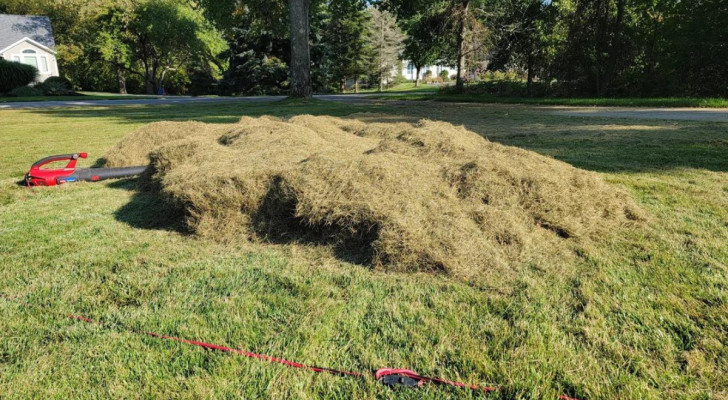
There are many benefits of using cut grass for mulching a vegetable patch and/or the lawn:
- Cut grass is free and will save you a bundle. Furthermore, reusing cut grass as mulch will help you avoid the effort and costs of disposing of it;
- Cut grass is mainly composed of water and will soon begin to decompose due to the bacteria present in the soil, releasing numerous nutrients - in particular nitrogen - as well as helping to preserve the soil's humidity;
- Mulching with cut grass also solves fertilizing challenges and avoids the risk of over-fertilizing.
How to mulch with cut grass
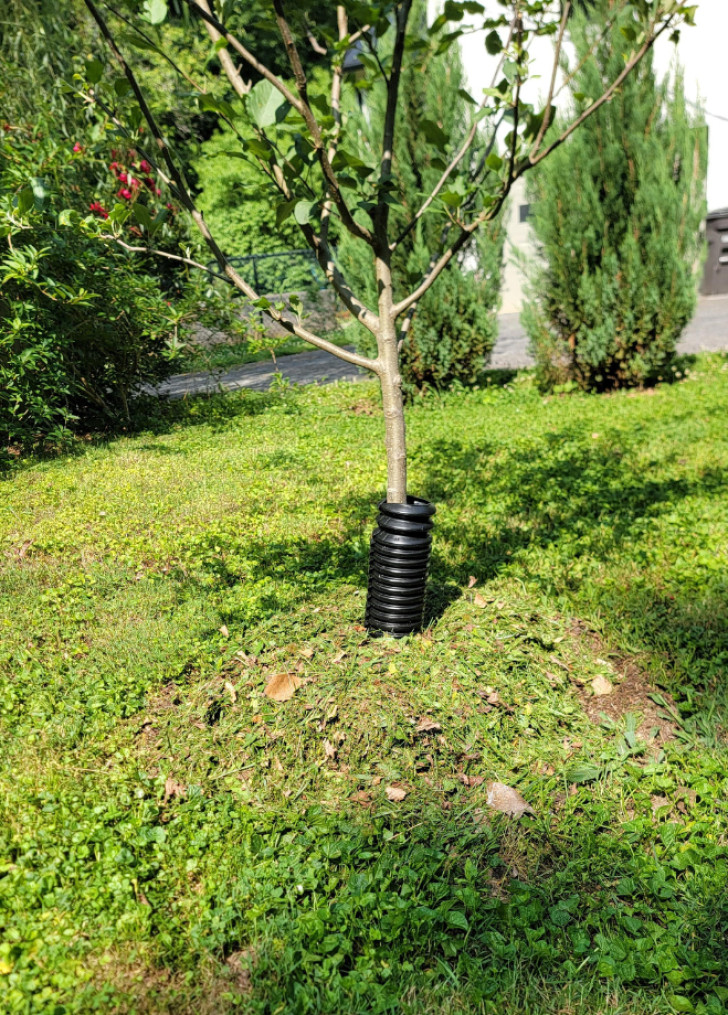
As mentioned, mulch can protect plants and trees from the extremes of hot or cold, as well as suffocating weeds and providing nutrition.
That said, grass cuttings-based mulching needs to be done correctly:
- Use grass cuttings that are not too moist, as this will cause rot to develop; air-dry the cuttings in the sun before using them as mulch;
- Mix freshly cut grass with straw or dry leaves to improve the qualtity of your mulch;
- Make sure - as best you can - that there are no weed seeds "hidden" in the grass cuttings;
- Avoid letting your grass grow too high before cutting it as long pieces of grass will not be an effective mulching material;
- Spread a uniform and thin layer of mulch on the soil; if you lay down a thick layer of mulch, it will damage your lawn or vegetable garden;
- Be careful not to crush the grass cuttings and this will make them decompose too quickly, encouraging the proliferation of mold and bacteria;
- Do not use grass cuttings which have been treated with chemicals such as insecticides, synthetic fertilizers or herbicides for mulching.
So, next time you cut the lawn, keep your cuttings aside for a cheap, easy-to-use, effective mulching material.
